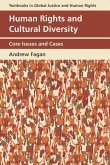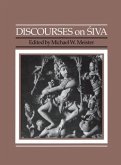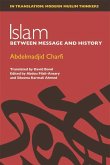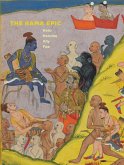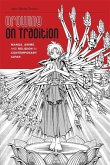Explores how Islamic art and architecture were made: their materials and their social, political, economic and religious context In their own words, Jonathan Bloom and Sheila Blair espouse 'things and thinginess rather than theories and isations'. This book's practical, down-to-earth dimension, expressed in plain, simple English, runs counter to the current fashion for theoretical explanations and their accompanying jargon. Its many insights, firmly anchored in artistic practice in architecture, painting and the decorative arts, are supported by ample technical know-how. This bottom-up approach differs radically and refreshingly from that of much top-down contemporary scholarship. It privileges the maker rather than the patron. The range is wide - mosques becoming temples; how religious buildings reflect politics; Yemeni frescoes and inscriptions; domestic Syrian 18th-century ornament; Egyptian bookbinding techniques; recycling and repair in Damascene crafts; conservation versus restoration; narrative on ceramics; metalwork with architectural motifs; lost buildings reconstructed; how objects speak;Muslim burials in China; the role of migrating potters; Mughal painting; stone carpet weights; the use of metals in Islamic manuscripts, calligraphy and modern artists' books. Key Features . Explores previously neglected practice-based approaches to Islamic art . Looks at Islamic art from the craftsman's rather than the patron's viewpoint . Covers not just the Islamic heartlands but extends to India and China, underlining the global presence of Islamic art . Presents material and sources which are usually overlooked in discussions of Islamic art . Revises conventional wisdom in fields as disparate as book painting and ceramics . Illuminates the interface of modern politics and Islamic art Robert Hillenbrand is Professor Emeritus of Islamic Art the University of Edinburgh and Professorial Fellow in the School of Art History at the University of St Andrews.
Hinweis: Dieser Artikel kann nur an eine deutsche Lieferadresse ausgeliefert werden.
Hinweis: Dieser Artikel kann nur an eine deutsche Lieferadresse ausgeliefert werden.


